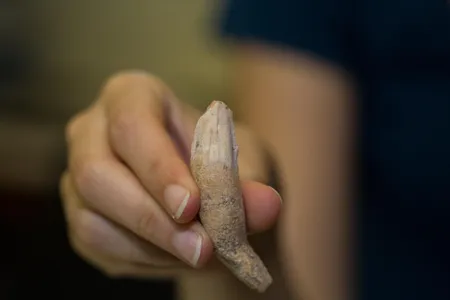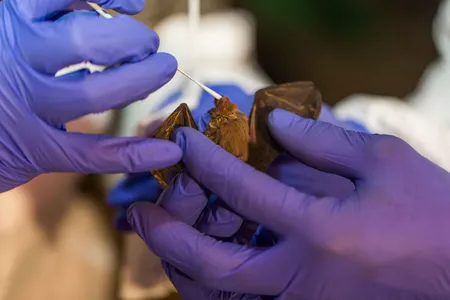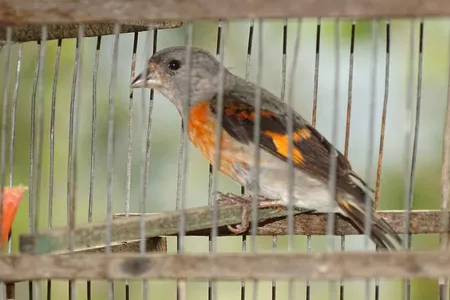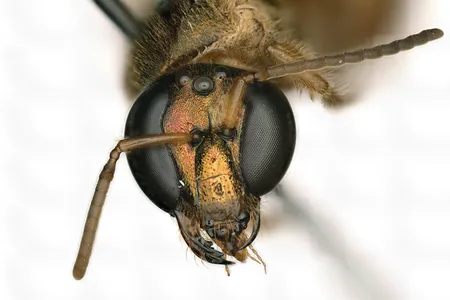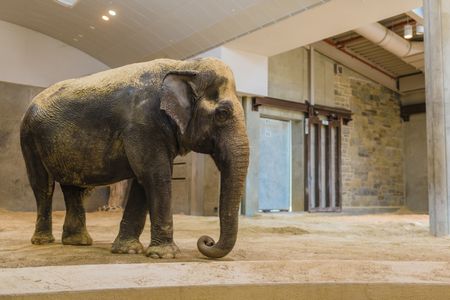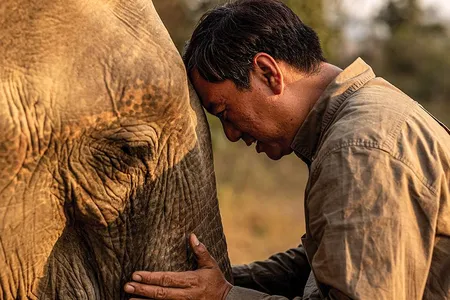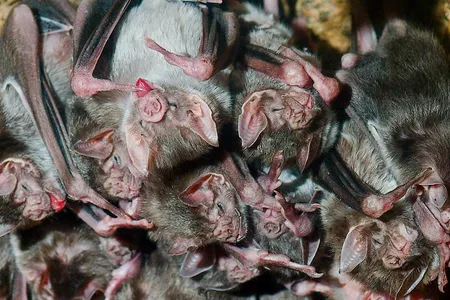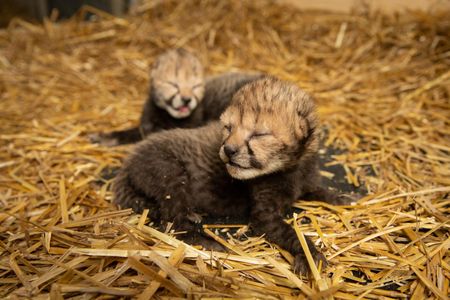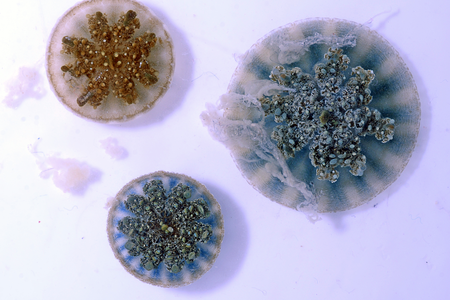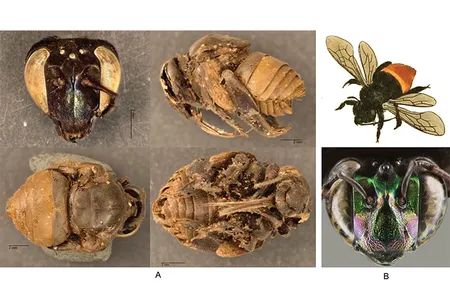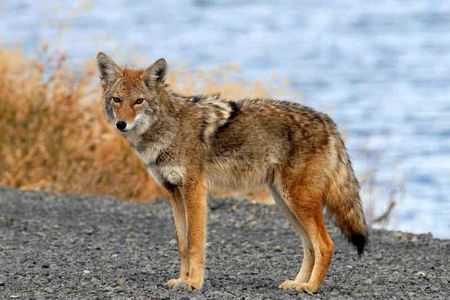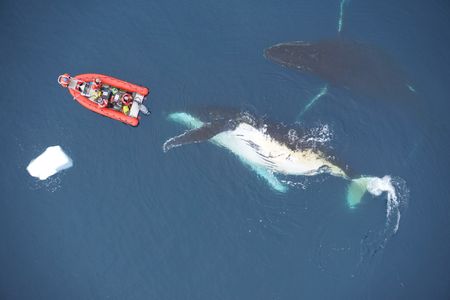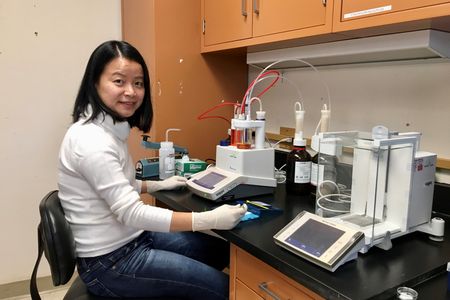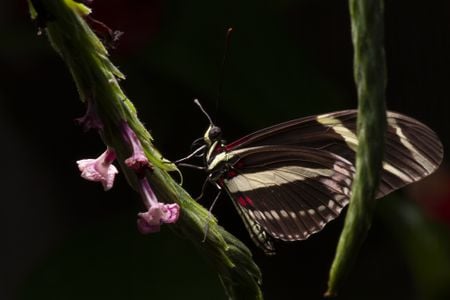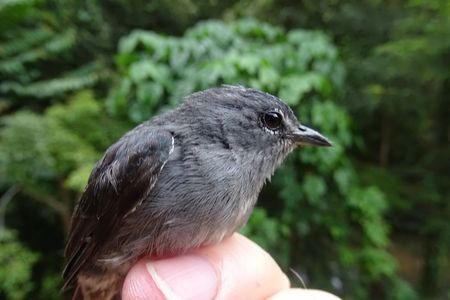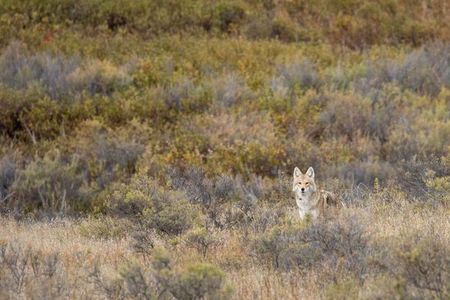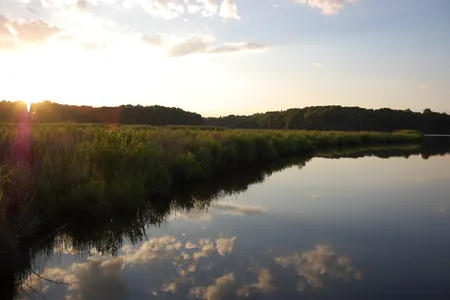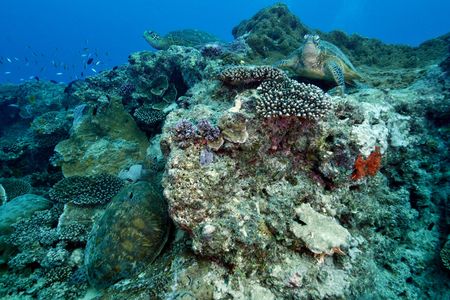Bones Tell the Tale of a Maya Settlement
A new study tracks how the ancient civilization used animals for food, ritual purposes and even as curiosities
These Are the Decade’s Biggest Discoveries in Human Evolution
Celebrate the tenth anniversary of the Smithsonian’s “David H. Koch Hall of Human Origins” with some of the biggest discoveries in human evolution
Smithsonian Scientists Discover Six New Coronaviruses in Bats in Myanmar
The new viruses are not harmful to humans or closely related to SARS-CoV-2, the coronavirus that causes COVID-19
Heavily Trafficked Songbirds Have a Path Back to Resiliency
Researchers see promise in recruiting red siskin pet traders as conservation partners
Meet the Bee With a Body That’s Half Male, Half Female
So-called gynandromorphs are rare, but they can teach us a lot about development and evolution
National Zoo Mourns Death of Asian Elephant
The 72-year-old animal was the third oldest in the North American population
Researchers Are Learning How Asian Elephants Think—in Order to Save Them
As the pachyderms increasingly clash with farmers and villagers over disappearing land, scientists study the way the animals’ minds work
When Illness Strikes, Vampire Bat Moms Will Still Socialize With Their Kids
Studying how bats behave when they’re feeling ill could help researchers better understand how pathogens move through close-knit populations
In a First, Cheetah Cubs Born Through Surrogacy at the Columbus Zoo
Zookeepers and Smithsonian scientists successfully transferred cheetah embryos, marking a major conservation milestone for the vulnerable species
These Jellyfish Don’t Need Tentacles to Deliver a Toxic Sting
Smithsonian scientists discovered that tiny ‘mucus grenades’ are responsible for a mysterious phenomenon known as ‘stinging water’
150-Year-Old Mummified Bee Nests Found in Panama City Cathedral
The nests, covered in gold leaf and paint, act as a time capsule for the surrounding environment circa 1870
Coyotes Poised to Infiltrate South America
The crab-eating fox and the coyote may soon swap territories, initiating the first American cross-continental exchange in more than three million years
Whales Are the Biggest Animals to Ever Exist—Why Aren’t They Bigger?
New research highlights the role diet plays in dictating a cetacean’s size
Scientists Pumped Ovarian Tissue Full of Sugar and Microwaved It. Here’s Why
Though only tried in cat tissues so far, the technique could someday aid fertility preservation, wildlife conservation and more
Not All Birds Fly South for the Winter
Researchers in Virginia studied how mowing, burning or animal grazing helped or hindered birds that stayed home for the winter
What Butterflies’ Colorful Wing Patterns Can Teach Us About Evolution
Smithsonian scientists used genetically-engineered butterflies to learn that evolution can take a different path to achieve the same thing
The Spectacled Flowerpecker Is Now Known to Science
First spotted a decade ago, this elusive bird hangs out in the canopy of Borneo’s lowland forests
Connecting With Coyotes on the Prowl
Biologist Joe Guthrie embarks on a new study to track five adults in the Shenandoah Valley using GPS collars
Marshes Grow Stronger When Faced With Increased Carbon Dioxide
Marsh plants respond to increased CO2 by growing many small stems, creating a denser wetland that may protect against sea level rise
Coral Reefs Face the Dual Threats of Ocean Acidification and Erosion
As coral tissues die off, the exposed calcified skeleton becomes vulnerable to organisms that eat away at the dying reefs
Page 5 of 13
